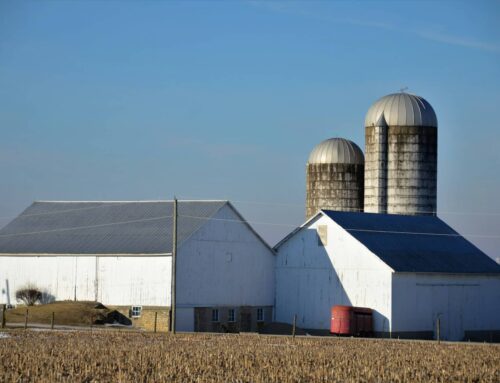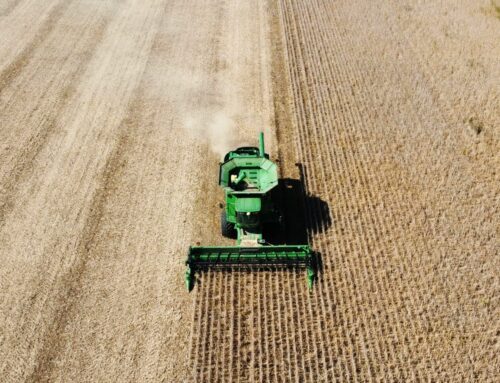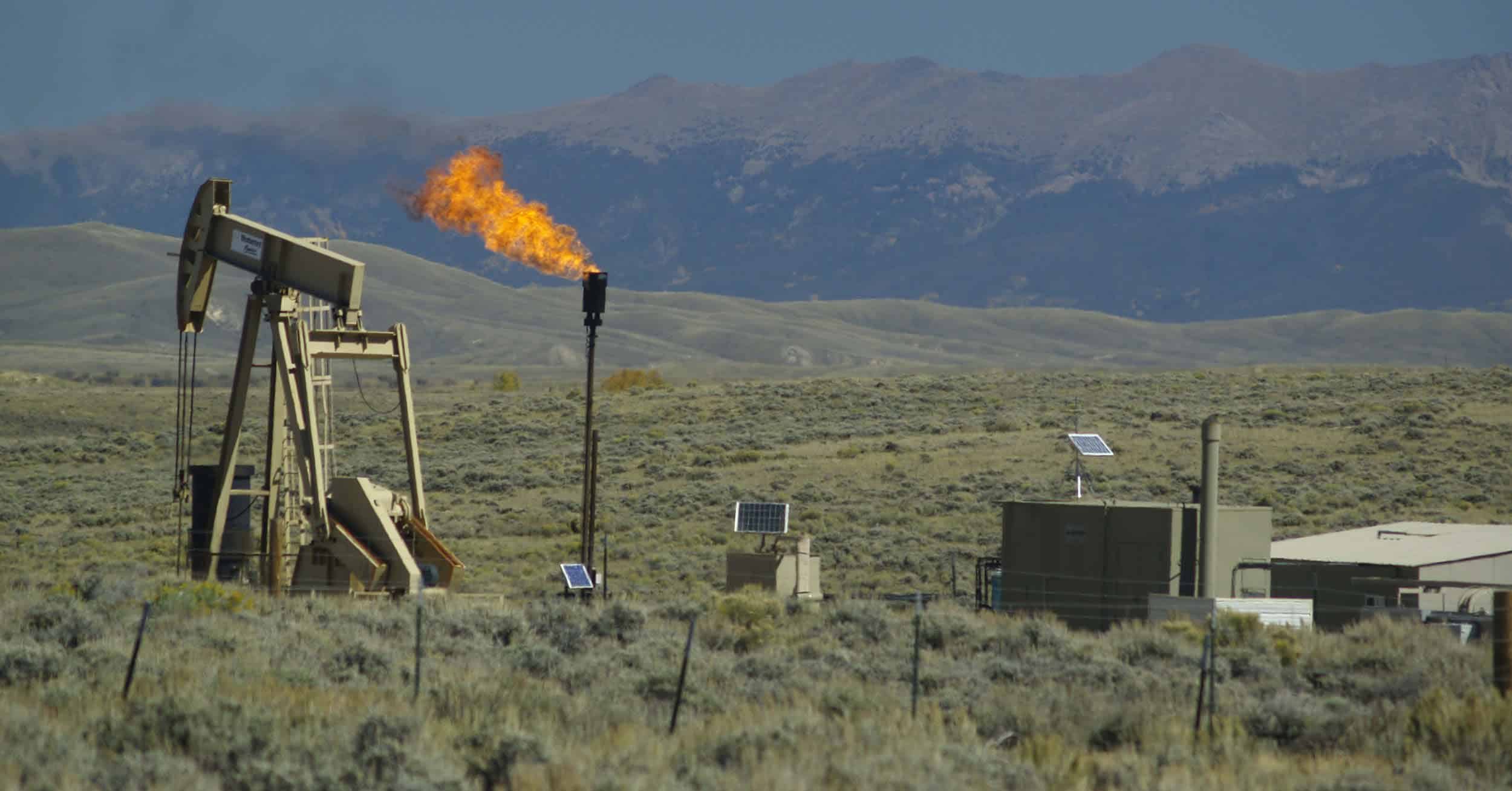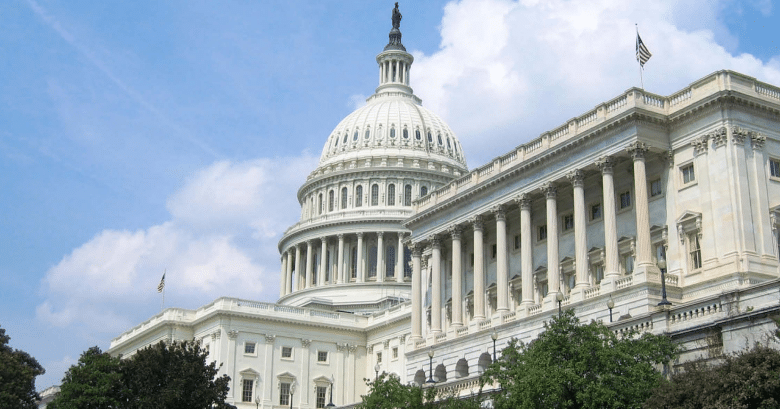The farm bill has produced plenty of cost overruns and not much savings.
A week into President Donald Trump’s term, it’s easy to focus all of our attention on his pronouncements and policies, and forget that Congress holds the keys to so many parts of the castle, particularly when it comes to money. So while we all should be paying attention to what Trump says and does, it is equally important to pay attention to what Congress says, does and has done.
With the news this week from the Congressional Budget Office, we can see that Congress has already fallen short on many of its fiscal promises. Case in point: the sad tale of the sweet whisperings of deficit reduction espoused by backers of the 2014 farm bill.
First, some background: On Tuesday the Congressional Budget Office, the nonpartisan legislative agency tasked with calculating the official costs and benefits of legislation, released its updated “Budget and Economic Outlook: 2017-2027”. In this semiannual report, our fellow budget nerds spell out anticipated spending, economic growth, public debt and other economic indicators that will occur under current law.
In addition to the projections of spending, the updated baseline gives you one number that’s a concrete fact: The actual spending for the previous fiscal year. That money is gone. No legislation or executive order is going to increase or decrease that number.
.png) |
| Ryan Alexander is the president of Taxpayers for Common Sense |
It’s difficult to get a handle on how these actual costs so far exceed projections, even in a bill as large as the farm bill, let alone across the federal government. The farm bill is calculated to cost $956 billion over 10 years, covering everything from income subsidies for agricultural business to rural utilities to nutrition assistance to the impoverished. But the failure of the farm bill to produce savings says a lot about our long-term fiscal prospects.
A look back at actual costs of programs shows whether Congress is holding true to its promises. In the case of the farm bill, it isn’t. For those who don’t live and breathe agriculture policy, the 2014 farm bill was the product of two and a half years of contentious, even by Washington standards, debate. Written at a time when agriculture was experiencing record prices and record income for several years, fiscal conservatives and others were demanding agricultural subsidy programs be pared down to something more in line with what we could afford. The rest of the country was mired in a slow recovery from the recession and facing the specter of budget cuts, so it only seemed fair.
Farm bill proponents did accede and eliminate one egregious $5 billion-per-year program that sent checks to owners of farm land whether they suffered a loss or not. But, ignoring the interests of taxpayers and warnings of people like us, farm bill authors used some of the “savings” from that elimination to create new programs to cover “shallow losses” instead. Essentially, they put taxpayers on the hook for maintaining these high incomes when, as was expected, prices came down to more normal levels. We warned the price tag promised for these new programs was far too small an estimate, and the updated baseline is proving it.
Shallow loss programs created in 2014 are digging deep into taxpayer pockets. The 10-year projected cost for shallow loss programs at passage was $27 billion. Updated projections are $46 billion; that’s a 69 percent increase. These are projections. Look at money out the door, and it doesn’t feel as bad. Fiscal year 2016 projected spending after the farm bill was $3.77 billion; actual costs settled at $5.31 billion, only 41 percent more than anticipated!
But these numbers are deceiving. Because of the way the programs are designed, there is a two-year lag in payments. So the checks mailed last fiscal year are actually for crops that were grown in 2014. Look at costs for 2014-2016 crops, and CBO expects we’ll spend $21.6 billion instead of $11.6 billion. Extend the estimate to the full five-year life of the programs, and costs balloon to $32.2 billion instead of $17.9 billion, an 80 percent increase.
If cost overruns were limited to shallow loss programs, they might be offset by less spending elsewhere, like on crop insurance, nutrition or conservation programs. But there are cost overruns throughout the agriculture welfare titles. Subsidy programs created for livestock ranchers, fruit orchards and nursery crops were originally projected to cost $3.67 billion over 10 years. In the last three, we’ve already cut $6.2 billion in checks. One can only guess what the total will be seven years from now.
Then there are costs never anticipated, at least not officially, when the farm bill was passed. There’s $600 million in payments to Brazil so they don’t enforce the retaliatory tariffs they can impose after the World Trade Organization ruled our cotton subsidies were out of bounds. Pile on another $310 million in bonus direct payments to American cotton growers to “transiti.png” away from those out of bounds subsidies. Another $328 million to the companies that process that overly subsidized cotton, companies that are typically cooperatives consisting of those subsidized cotton growers. Oh, yeah, then there’s government buying cheese in a failing attempt to boost milk prices.
As the 2014 farm bill enters its fourth year as the law of the land, it’s becoming quite clear taxpayers won’t harvest its promised savings. Farm bill apologists are already gearing up to pass a new bill before most of the existing programs expire at the end of 2018. With interest groups already clamoring for additional cash to dairy, cotton, California growers and virtually every other crop you can think of, you can be assured we will be busy insisting the committees make good on their false promises from 2014. If we want to change our fiscal future, we have to start learning lessons from our fiscal past.










